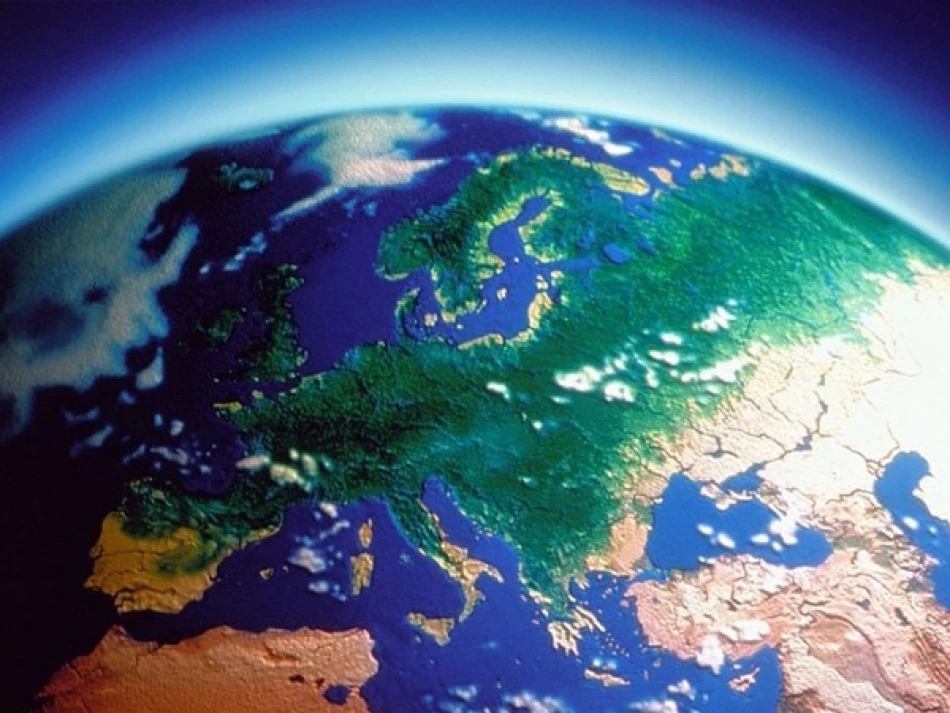
UAE Accelerates Ozone-Depleting Substance Phaseout, Surpassing Timeline
The UAE has beaten international deadlines for phasing out ozone-depleting substances, completely eliminating chlorofluorocarbons and halons since 2010 and cutting hydrochlorofluorocarbon consumption by 35% over the past decade. The country aims for total elimination by 2040, well ahead of many nations struggling to meet these environmental targets.
Data from the Federal Competitiveness and Statistics Centre shows the UAE's steady progress reflects its commitment to international agreements on ozone protection. The country joined the Vienna Convention and Montreal Protocol in 1989, including all amendments like the 2016 Kigali Amendment targeting hydrofluorocarbon alternatives that don't harm ozone but contribute to global warming.
Here's where it gets interesting for global markets. The UAE's early compliance creates opportunities for companies developing ozone-friendly alternatives while potentially disrupting traditional chemical supply chains. Industries relying on these substances - from refrigeration to fire suppression systems - must find new solutions faster than expected.
The country has built comprehensive regulations covering chemical storage, transport, and handling. These rules go beyond basic compliance, setting strict safety standards that protect both environment and public health. The UAE regularly reports progress to the UN Environment Programme and participates actively in Montreal Protocol meetings.
The numbers tell the story clearly. In 2015, UAE consumed 473.90 tons of hydrochlorofluorocarbons measured by ozone depletion potential - already meeting the protocol's 10% reduction target from the baseline of 557.1 tons. By 2020, consumption dropped to 353.59 tons, hitting that 35% reduction mark.
Between 2021-2024, the UAE continued cutting consumption, positioning itself well to reach the 2025 target of 67.5% reduction. This puts the country on track for complete phase-out by 2040, potentially years ahead of schedule.
For investors and policymakers, the UAE's approach shows how early environmental action can create competitive advantages. Companies operating there must adapt quickly, but they also get first-mover experience with alternative technologies that will eventually become global standards.
The broader implications matter too. As climate agreements tighten worldwide, countries following the UAE's model may find themselves better positioned economically. Those lagging behind could face trade restrictions or higher compliance costs down the road.
Most Viewed News

 Layla Al Mansoori
Layla Al Mansoori






